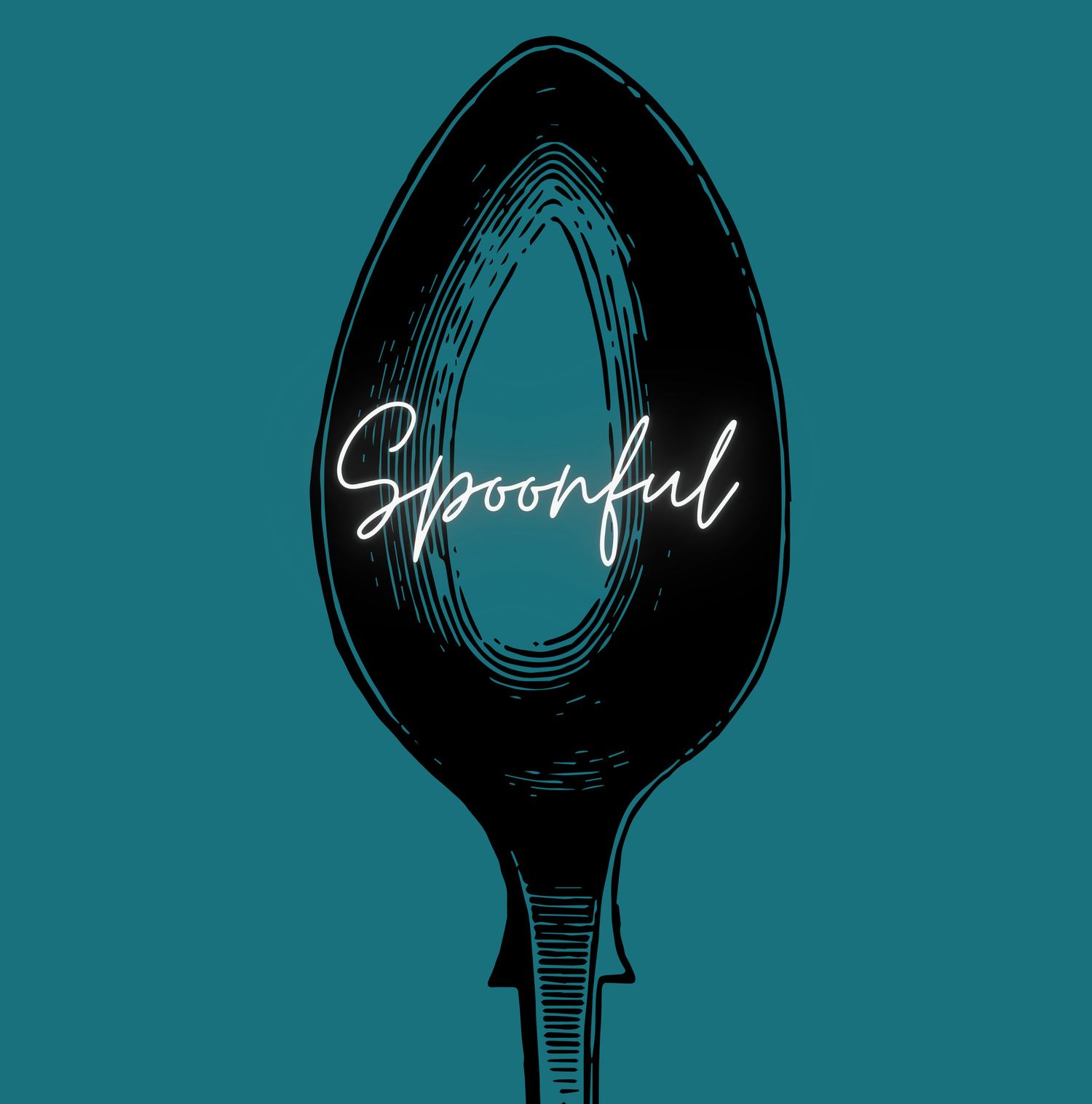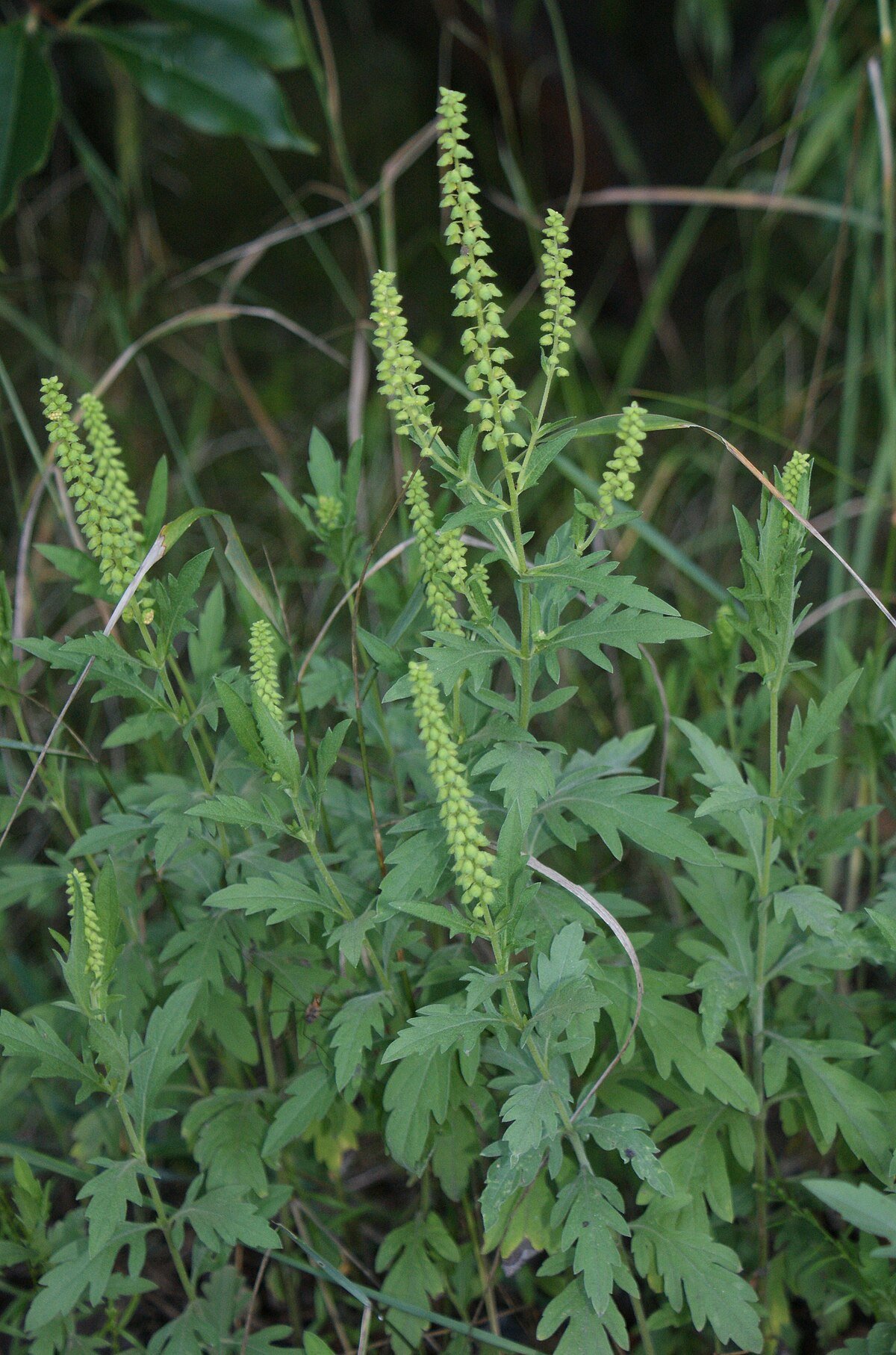The October Slide
What is the “October slide”?
Put simply, many disabled and chronically ill people have more symptoms during the transition from summer to fall - often in October. Though it may initially seem very strange, it does make a lot of sense! Major changes in the weather and barometric pressure often coincide with a flare; October often has some very drastic ones!
Let's take a look at some of the factors that contribute to the “October slide”:
Allergies
October and the fall season are in the intersection of the time ragweed and mold flourish.
Ragweed, one of the most common allergens, releases the most pollen in late summer/early fall for a whopping 10 weeks. Ragweed plants only live one season, but to compensate, they release up to 1 BILLION pollen grains! Anyone in the Midwestern US is all too familiar with the excess and have been “pollened” - everything outside is covered in a thin layer of yellow powder.
Unlike me, ragweed pollen can easily travel hundreds of miles. Ragweed is eternally on my shit list.
Around the same time, the weather is often wetter. Though molds prefer warm and moist conditions, they'll certainly settle for just moist. A pile of fallen leaves that got rained on is essentially a petri dish for mold spores to sprout. And with the abundance of falling leaves, there's an abundance of mold.
Other allergens certainly are contributing - kids going back to a dusty school - but ragweed and mold are the heavyweights here.
Especially ragweed - did I mention I hate ragweed?
I've used this ointment and this one
Weather changes
This year was especially wild with Hurricane Helene and Milton! But even in a “normal” year, the weather changes somewhat drastically around this time of year. Scar tissue, chronic pain, and conditions like arthritis are reactive to barometric pressure changes; a drastic weather change absolutely affects the barometric pressure. I'm often horrified by my barometer and the rollercoaster it takes me on!
Aside from that, those who are more sensitive to cold will begin to have more symptoms. These conditions are often metabolic or vascular, and include: hypothyroidism, anorexia, Raynaud's phenomenon, and general difficulty with temperature regulation.
Seasonal Depression/Seasonal Affective Disorder
(Or as my friend calls it, “festive depression”)
Most people with SAD experience symptoms in the fall. As the days become darker and shorter, people may start to experience Seasonal Affective Disorder (SAD, coincidentally). It's believed that exposure to sunlight not only is a source of vitamin D, but other “happy” chemicals. Melatonin is often produced in greater quantities when it's dark, so it can contribute to the feeling of being tired and unmotivated to leave the bed.
Stress
For many, October is the unofficial “kickoff” to the holiday season. Many in the US celebrate Halloween (October 31), Thanksgiving (November 28 this year), a winter holiday such as Christmas (December 25), Hanukkah (December 25 - January this year), Kwanzaa (December 26 - January 1) and then New Year! So the start of October is a sign that this really busy, often stressful time of year is beginning.
Add that to everything else and it's a wonder that it's not even worse! So if you enjoy a little pumpkin patch day or PSL, don't feel bad about it - we could all use a bit extra self care in October! And if you find yourself needing a little extra help than usual? It happens to a lot of us!
DISCLAIMER: I am not a doctor or healthcare professional, just a disabled woman on the internet that has tried a lot of things and likes to research* things.
*from legitimate sources






